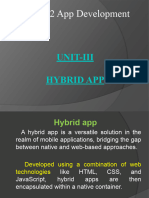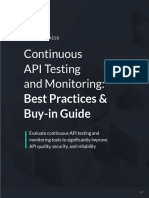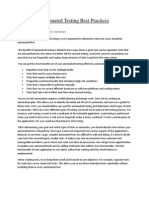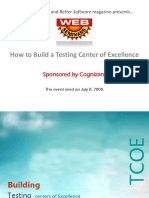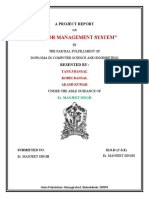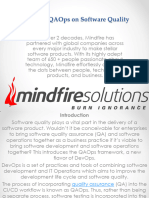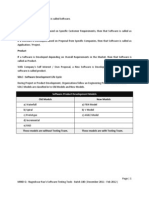0% found this document useful (0 votes)
87 views13 pagesUnit - 5 (Non Functional Characteristics of App Development)
Uploaded by
poongavanampalani003Copyright
© © All Rights Reserved
We take content rights seriously. If you suspect this is your content, claim it here.
Available Formats
Download as PDF, TXT or read online on Scribd
0% found this document useful (0 votes)
87 views13 pagesUnit - 5 (Non Functional Characteristics of App Development)
Uploaded by
poongavanampalani003Copyright
© © All Rights Reserved
We take content rights seriously. If you suspect this is your content, claim it here.
Available Formats
Download as PDF, TXT or read online on Scribd
/ 13


















































